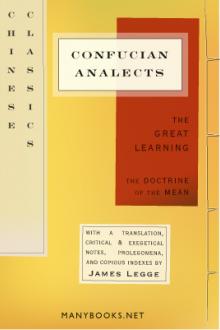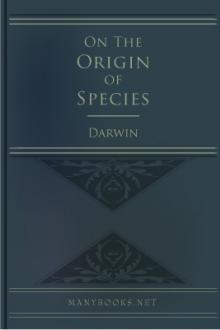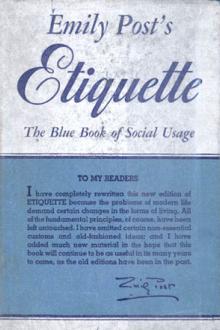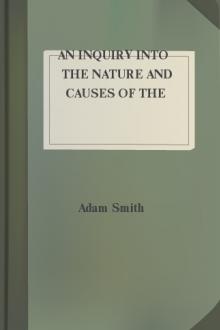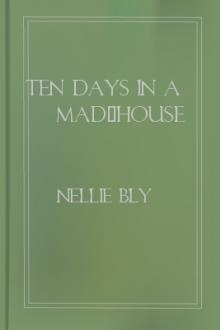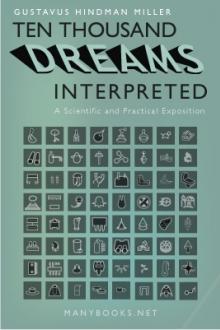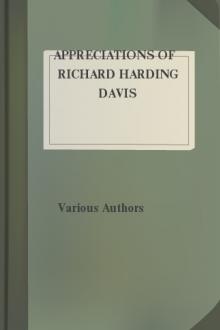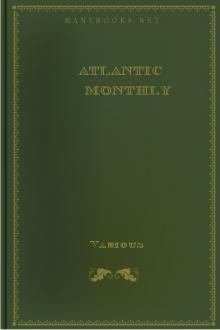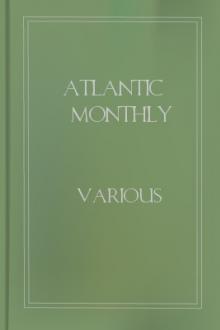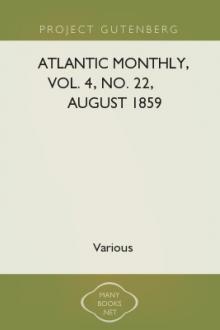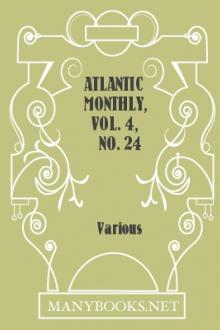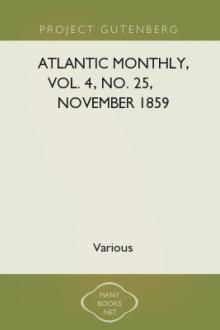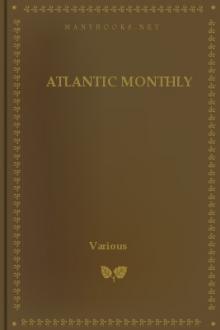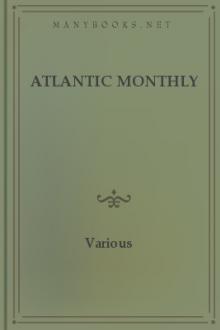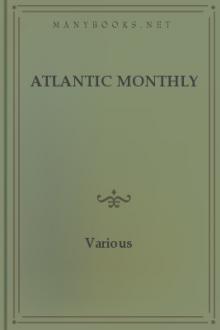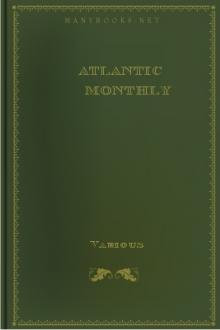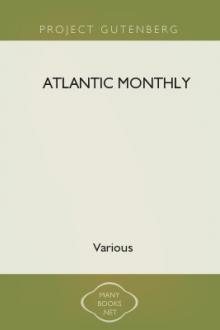Encyclopaedia Britannica, 11th Edition, Volume 10, Slice 5
Encyclopaedia Britannica, 11th Edition, Volume 10, Slice 5
Fleury, Claude to Foraker
Book Excerpt
water be struck with violence, the recoil obtained is great when compared with the recoil obtained from air similarly treated. In water we get a maximum recoil with a minimum of displacement; in air, on the contrary, we obtain a minimum recoil with a maximum of displacement. Water and air when unconfined yield readily to pressure. They thus form movable fulcra to bodies acting upon them. In order to meet these peculiarities the travelling organs of aquatic and flying animals (whether they be feet, fins, flippers or wings) are made not of rigid but of elastic materials. The travelling organs, moreover, increase in size in proportion to the tenuity of the fluid to be acted upon. The difference in size of the travelling organs of animals becomes very marked when the land animals are contrasted with the aquatic, and the aquatic with the aerial, as in figs. 1, 2 and 3.
The peculiarities of water and air as supporting media are well illustrated by a reference to swimming, diving and flying
Editor's choice
(view all)Popular books in Reference, Non-fiction
Readers reviews
0.0
LoginSign up
Be the first to review this book
Popular questions
(view all)Books added this week
(view all)
No books found

 Free Download
Free Download















